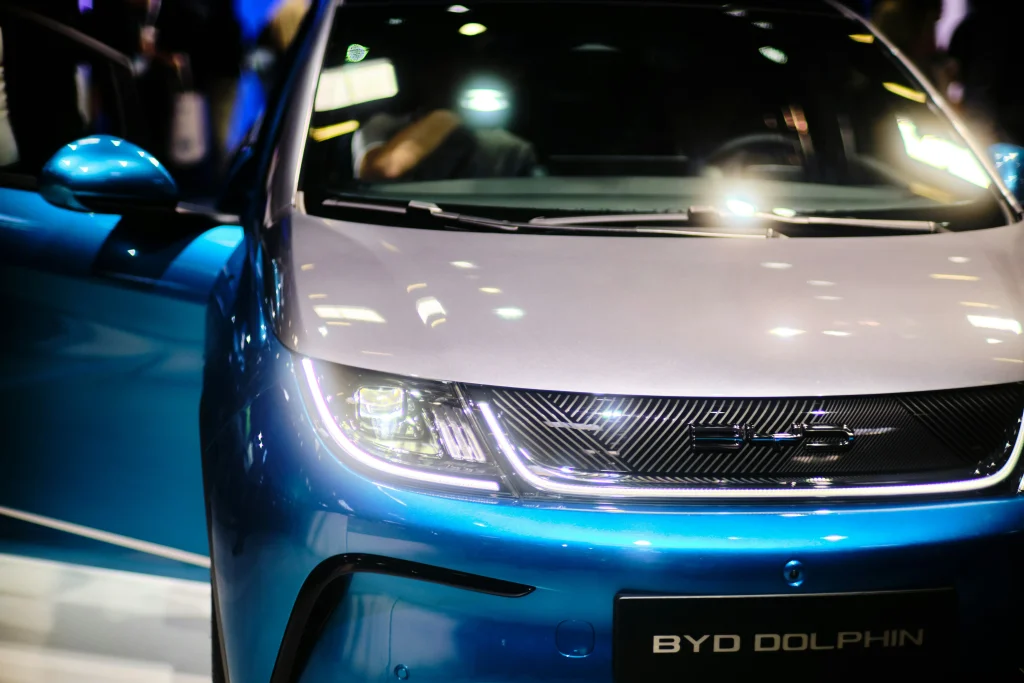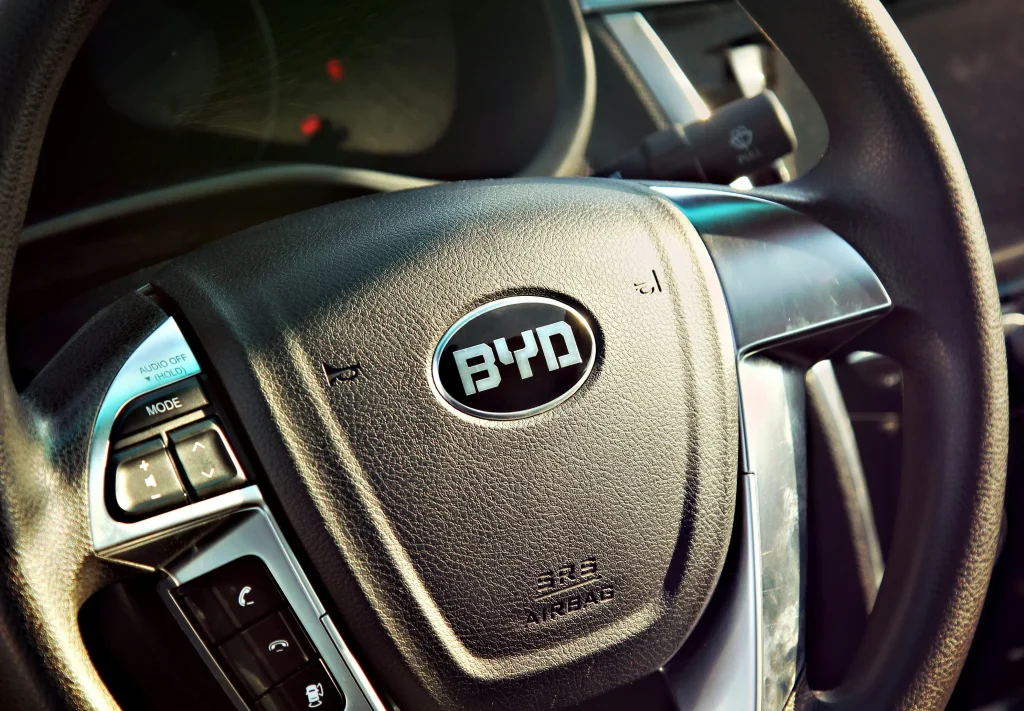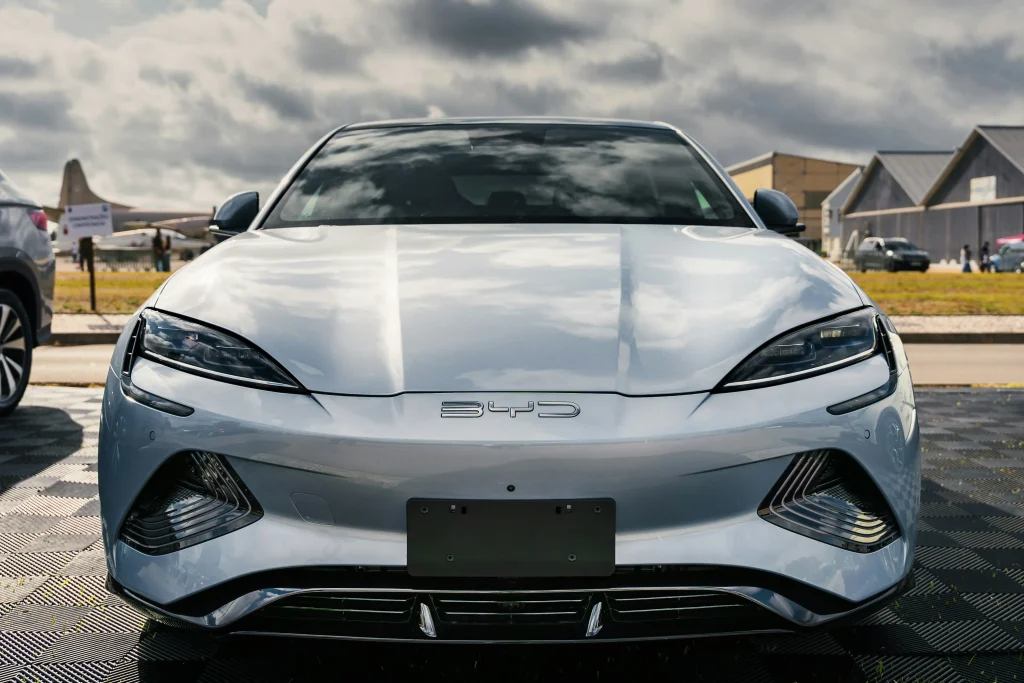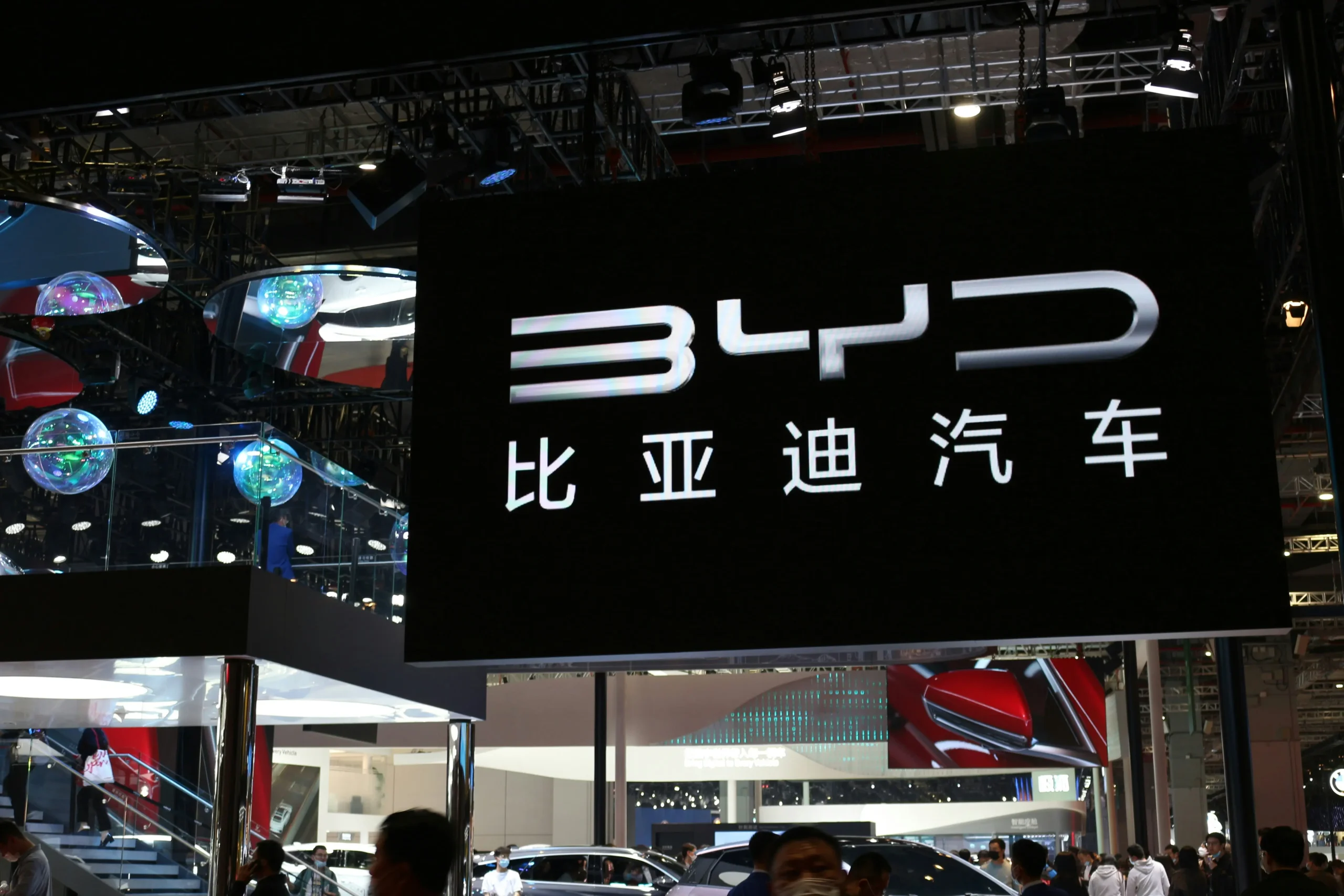The Spark that Ignited the Inferno
May 2025 saw the unleashing of the ‘price war of the century’ BYD and its revolutionary reduction of vehicle prices from 24% to 34% garnered attention from all corners of the globe. Tesla had just been dethroned and BYD had emerged the victor as the leading manufacturer of electric vehicles and BYD was quick to make changes. These changes however had a ripple effect as competitors such as Geely and Changan commenced a frantic price reduction to maintain relevancy.
The chaotic aftermath of BYD saw a plethora of complaints and Li Shuthen only represented a fraction of the population. ‘I was one week away from buying the product and I lost 30,000 yuan!’ she lamented. The complaints ranged from violation of price protection and others. The Consumer Association of China 211% increase in car related complaints all surfaced because of the actions of BYD.

Reflecting on the actions of BYD, when placed against the framework the automotive manufacturer had to choose either reduction of prices or highly advanced technological methods to ensure customer satisfaction, BYD further strengthened its existing position.
BYD’s Strategic Adaptation Considering Market Dynamics
BYD’s decision to have the most aggressive pricing approach in the industry certainly showed some strategic flexibility when the 2025 sales estimate was revised to 4.6 million vehicles. Such was the acknowledgment made by BYD’s Brand and Public Relations General Manager, Li Yunfei, during a 2025 September announcement. As he explained, the decision was made due to “shifting market realities” and “growing competition” within the automotive industry in China.
Payment and shipment combinations also narrowed due to BYD’s adaptability in market conditions. Vehicles sold in the 2nd quarter of the year, coming to over 850,000, coupled with BYD’s capture of 22% of the market by this period, adds to the rationale as to why Li considered such adjustments to be “already remarkable.” On the other hand, Li and BYD’s sales prediction was entirely irreversible, seeing as they had just conquered 22% of the market globally, BYD as a company also continued to capture attention with 250,000 overseas shipments within the same quarter.

Table: BYD Global Market Performance Q2 2025
| Metric | Performance | Year-over-Year Change |
|---|---|---|
| Global Market Share | 22% | Maintaining leadership position |
| Quarterly Sales | 850,000+ vehicles | 15% increase |
| Overseas Sales | 250,000 vehicles | Significant growth |
| Best-Selling Models | Song and Seagull | Among top global EVs |
Industry in Turmoil: The Collateral Damage
BYD’s price war has inflicted tremendous damage throughout the automobile ecosystem, especially upon the more fragile EV startups that once harbored ambitions of transforming transportation. Companies such as WM Motor, HiPhi, Jiyue, and Neta have vanished under the ceaseless strain, leaving behind a graveyard of bankruptcies, unfulfilled dreams, and hopeless investors.
The personal side of this consolidation has found stark expression in the case of Li Hongxing, a marketer who poured millions into Jiyue and ended up being handcuffed with 56 million RMB, equivalent to 7.8 million dollars debt. He told CNN, “It was a feeling of total hopelessness.”
Even suppliers are not untouched. With annual savings targets of 10-15%, suppliers are being what industry insiders are calling ‘the race to the bottom’ which will impact component quality and future dependability. The Deputy General Manager of the Guangqi Group Ge Xianqing said it best. ”The price war appears to be drawing prices down. However, companies who price below margins and worse, price below, are doing it for a reason.”
The Quality Problem Within a Focussed Cost Environment
Industry wide, fears about quality are emerging as BYD and other competitors’ profit margins continue to shrink. The latest J.D. Power 2025 New Energy Vehicle Quality Study (NEV-IQS) found, while overall complaints about batteries and charging have noticeably decreased, a testament of BYD’s advanced blade battery technology, the number of complaints about the infotainment system remains the highest.

The report further reveals that plug-in hybrid and extended-range vehicles have a higher problem prevalence rate (PP100) of 234 and 235 as compared to pure electric vehicles with a rate of 220. The rapid deployment of alternative powertrains while under extreme cost-cutting pressure highlights the engineering problems that manufacturers must address and the quality discrimination that exists.
Chinese automakers structure their products and price them competitively as they navigate through a complex landscape. This has reached a point where the CAAM has issued a statement against price ‘wars’ that lead to ‘malicious’ competition. They state that lowering the prices “squeeze profit margins” on products and as a result “after sales” products and services offered may lower in quality.
Global Ripples: Global markets respond
The rest of the world has noticed the aggressive marketing and expansion by BYD. This has resulted in increased protection measures on the local automotive industry. Both the European Union and the United States and Canada have instated countervailing tariffs on Chinese EV imports. They have also imposed an additional 100% import duty on EVs.
BYD continues to develop a localization strategy in other countries in Asia to cope with the policies of these countries. They also work on ‘smooth operations’ on their already existing factories in the Asia Pacific region, Europe, and Central South America. BYD plans to have their Hungary factory to start operations by the first half of 2026 and will also build a factory to supply local demand in the European Union.
The company’s premium brands are also moving ahead with international expansions, with the luxury brand Tengshi launching in Europe in Q4 2025. This global expansion strategy demonstrates BYD’s intent to move from being a leading automotive manufacturing business in China to fully becoming a global automotive business.
The arms race in technology has moved beyond just price.
Even with the ongoing price war, BYD continues to show its focus on technology by keeping a high level of investment in research and development. For 2024, BYD R&D spending is budgeted at 54.2 billion RMB, which is a year on year 36 percent jump, and in 2024, BYD’s profits were also R&D spending was “far exceeded net profit for the same period business was in 2024″.
The spending on research is not new for BYD, particularly from 2011 to 2024, the company spent more on R&D than net profit in 13 of those years. This type of investment brings about the changes needed in the industry, for example, the blade battery and DM-i super hybrid system and megawatt level flash charging.
BYD is dedicated to Research and Development (R&D) more than other companies in the sector. Other companies focused on price changes, while “BYD focused on consolidation” and “advance product capabilities” consolidated market share. Other companies focused on price changes, while “BYD focused on consolidation,” and “advancing product capabilities” consolidated market share.
The Road Ahead: Survival of the Fittest
The China Association of Automobile Manufacturers issued a notification saying that current pricing strategies, “disorderly price wars,” is “internal competition” and there’s “no winners.” “No winners, no future” as an official from the Ministry of Industry and Information Technology stated more plainly.
The vast majority of profits goes to automakers that are “established globally,” while local automakers are listed at a profit. All listed profitable automakers combined only profit 45% of what Toyota makes. BYD, the most profitable automaker in China makes one sixth of what Toyota’s net income is.

Table: Comparative Automotive Industry Profitability (2024)
| Manufacturer/Group | Profitability | Comparison Notes |
|---|---|---|
| Toyota | Industry-leading profitability | Benchmark for global auto industry |
| BYD | Approximately 1/6 of Toyota’s profit | China’s most profitable automaker |
| All Chinese Listed Automakers Combined | 45% of Toyota’s profit | Includes BYD, Geely, Great Wall, etc. |
Conclusion: An Industry Transformed
More than aggressive competition, the price war started by BYD reflects a shift in the global automotive industry. The company, with annual revenue of 777.1 billion RMB and ranked 91st in the 2025 Fortune Global 500, is changing the industry paradigm.
BYD’s disruptive strategy has sped up the evolution process in the EV market, distinguishing financially and technologically strong players from the subsidy and speculative investor-dependent weak players. While industry profit erosion and manufacturer fatalities are the immediate consequences, the overall impact will be in the form of a higher level of innovation, greater manufacturing efficiency, and wider consumer accessibility.
BYD has expanded its operations to Hungary, Brazil, and Thailand within a single year, and its 9,000th new energy vehicle has just been delivered in Thailand. This demonstrates that the company has set its sights well beyond the domestic price war. The price competition is over and what remains is a strengthened posture of Chinese EV manufacturers in the global automotive industry. This will accelerate the global adoption of electric vehicles, and will likely become the defining legacy of the price war.
Source: https://edition.cnn.com/2025/09/26/cars/chinese-electric-cars-price-wars-intl-hnk-dst
For more news updates, visit our home page.




